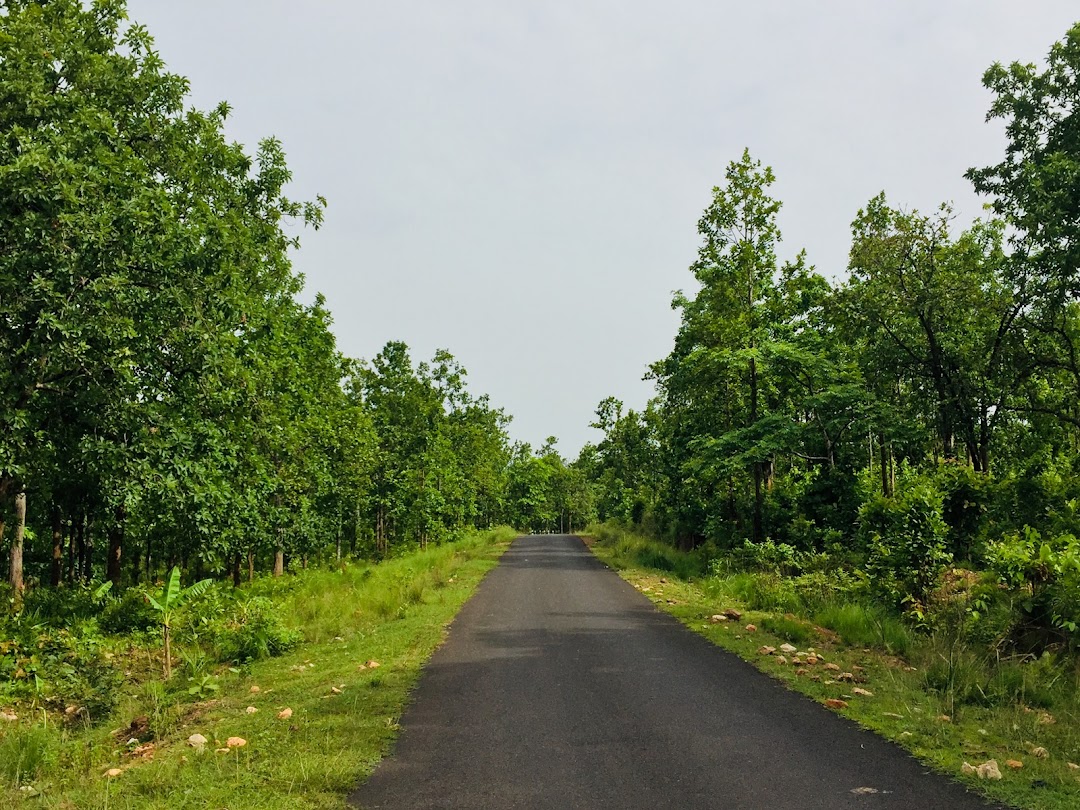List of 33 Elephant Reserves in India: What is Project Tiger? State-wise population of Elephants in India

The Elephant Reserves are those areas where elephants are protected and their breeding is promoted. In the year 1992, the government of India launched the Project Elephant with an aim to protect elephants and their habitat. To fulfill the objectives of Project Elephant, 33 Elephant reserves are created across India.
Students preparing for the government job examinations should go through the list of Elephant Reserves in India very carefully. It is so because questions from this topic are often asked in various examinations such as UPSC, SSC, Banking, Railways, etc. In this article, we are providing the list of elephant reserves in India in 2024.
What is Project Elephant?
Ministry of Environment and Forests, Government of India launched the Project Elephant in 1992. The aim behind the launch of this project is to ensure the long-term survival of the population of elephants in their natural habitats by protecting them, their habitats and migration corridors. Through this project, the government spend a large amount of money and resources to support wildlife management efforts to boost the population of wild elephants. The project includes spreading awareness among the people for the conservation of elephants.
Key Highlights of Project Elephant
The key highlight of the project elephants is as follows.
- The project is mainly implemented in the following 16 states and Union Territories including Andhra Pradesh, Arunachal Pradesh, Assam, Jharkhand, Kerala, Nagaland, Meghalaya, Karnataka, Tamil Nadu, Uttar Pradesh, Orissa, Uttaranchal West Bengal Maharashtra, and Chhattisgarh.
- The project is implemented mainly in these states because these states or UTs have free-ranging populations of wild elephants.
- Through this project, the government provides financial as well as technical assistance to the states to achieve the goals of this project.
- Currently, there are 33 elephant reserves in India notified by the state governments in India.
- A few other aims of Project elephants are as follows.
- To promote not to harm elephants for their teeth
- To ensure the welfare of captive elephants
- The resolution of man-animal conflicts
List of 33 Elephant Reserves of India
As of 2024, 33 Elephant Reserves (ERs) extending over about 58000 sq. km have been formally notified by various state governments. The complete list of Elephant Reserves with area and population of elephants is given below. You may get GK questions from elephant reserves of India in your upcoming competitive exam.
- Periyar Elephant Reserve
- Srivilliputhur Elephant Reserve
- Anamudi Elephant Reserve
- Annamalai Elephant Reserve
- Nilambur Elephant Reserve
- Wayanad Elephant Reserve
- Nilgiri Elephant Reserve
- Coimbatore Elephant Reserve
- Rayala Elephant Reserve
- Mysore Elephant Reserve
- Eastern Dooars Elephant Reserve
- Chirang-Ripu Elephant Reserve
- Khasi-hills Elephant Reserve
- Garo Hills Elephant Reserve
- Dhansiri-Lungding Elephant Reserve
- Kaziranga-Karbi Anglong Elephant Reserve
- South Orissa Elephant Reserve
- Baitami Elephant Reserve
- Mahanadi Elephant Reserve
- Mayurbhanj Elephant Reserve
- Badalkhol – Tamor Pingla Elephant Reserve
- Lemru Elephant Reserve
- Singhbhum Elephant Reserve
- South Arunachal Elephant Reserve
- Dihing-Patkai Elephant Reserve
- Sonitpur Elephant Reserve
- Kameng Elephant Reserve
- Terai elephant reserve
- Uttar Pradesh Elephant Reserve
- Shivalik Elephant Reserve
Frequently Asked Questions
Question – 1: Which state has the highest number of elephants in India?
Answer: Tamil Nadu
Question – 2: How many elephants are there in India?
Answer: Around 25,000 to 29, 000 elephants
Question – 3: How many elephant reserves are there in India?
Answer: Currently, there are 33 Elephant reserves in India.
Question – 5: Which is the first elephant reserve in India?
Answer: Singhbhum Elephant Reserve of Jharkhand is the first elephant reserve in India.



